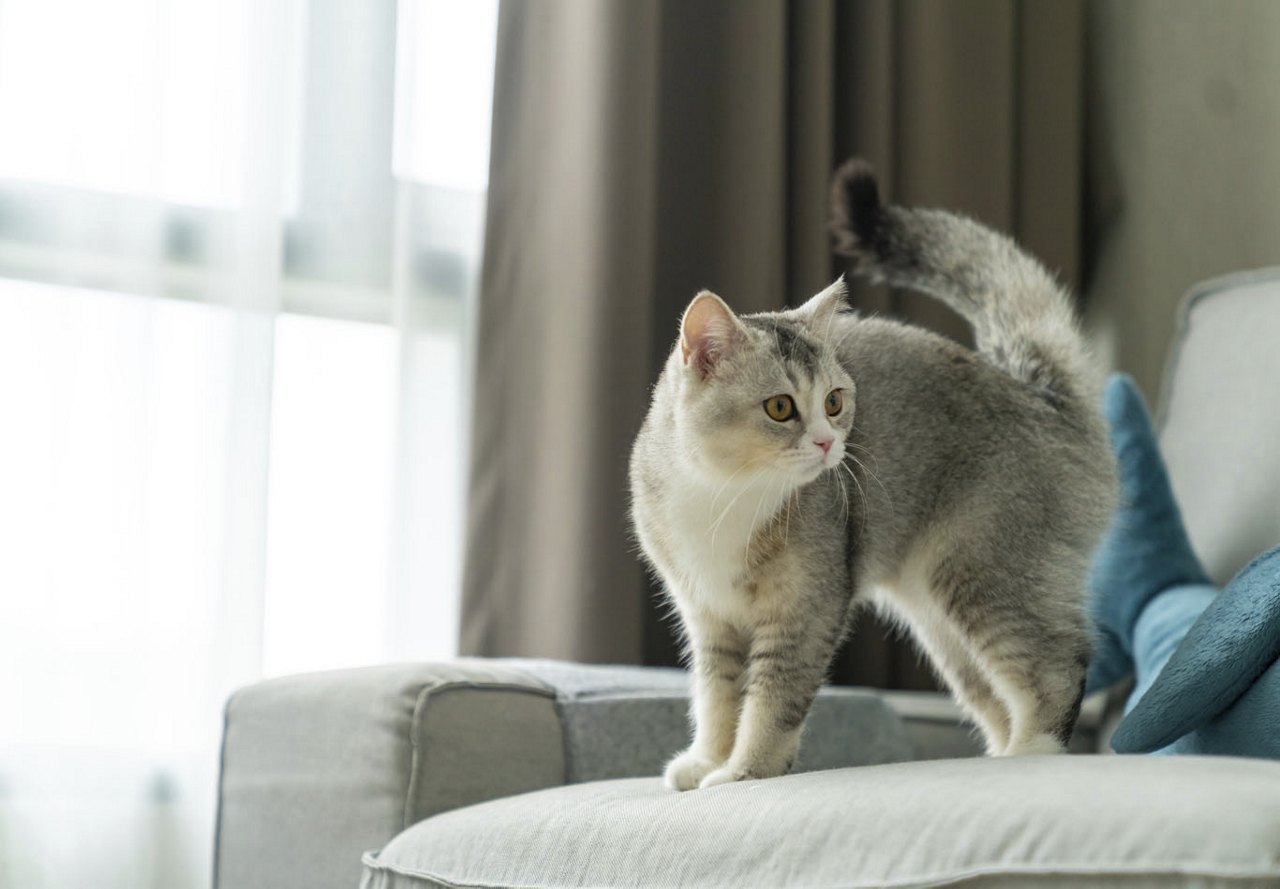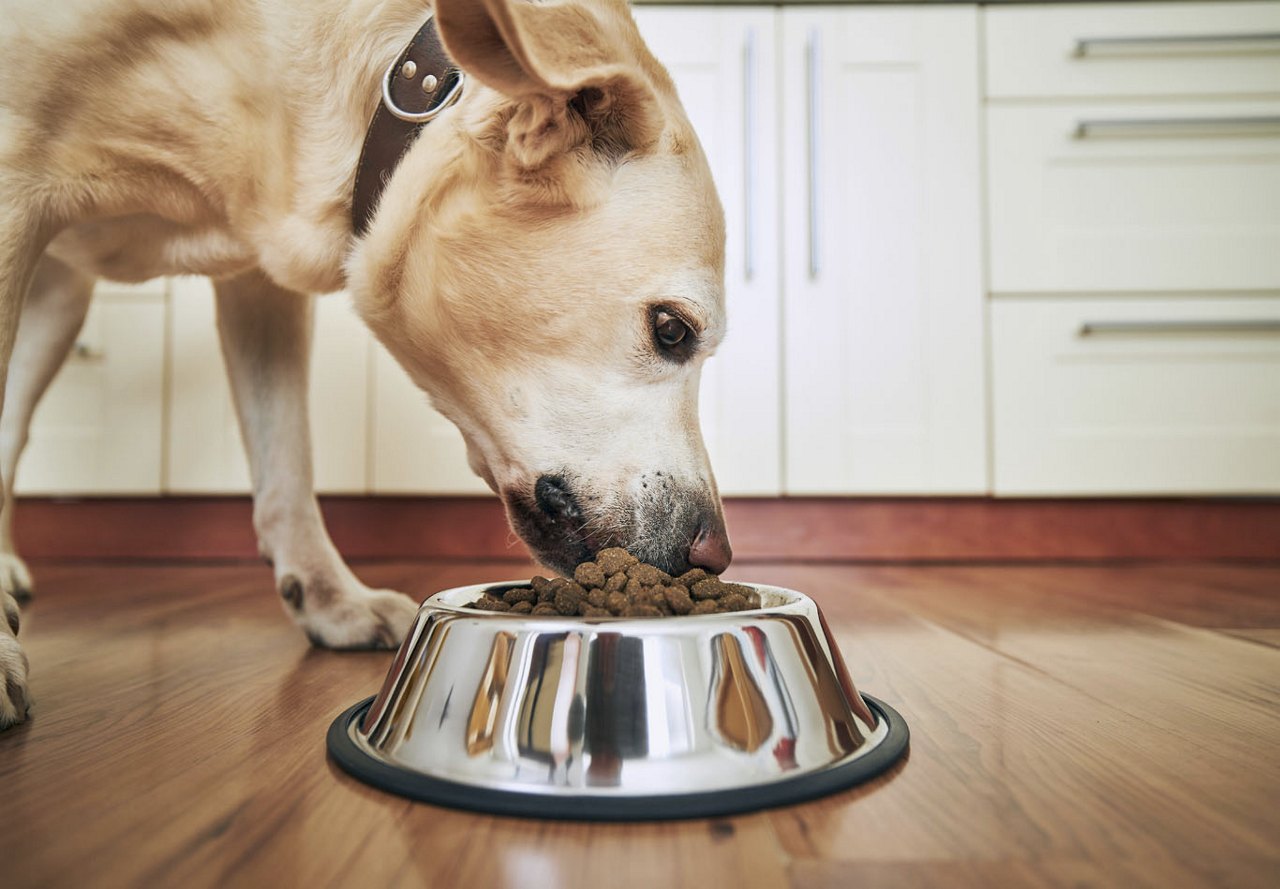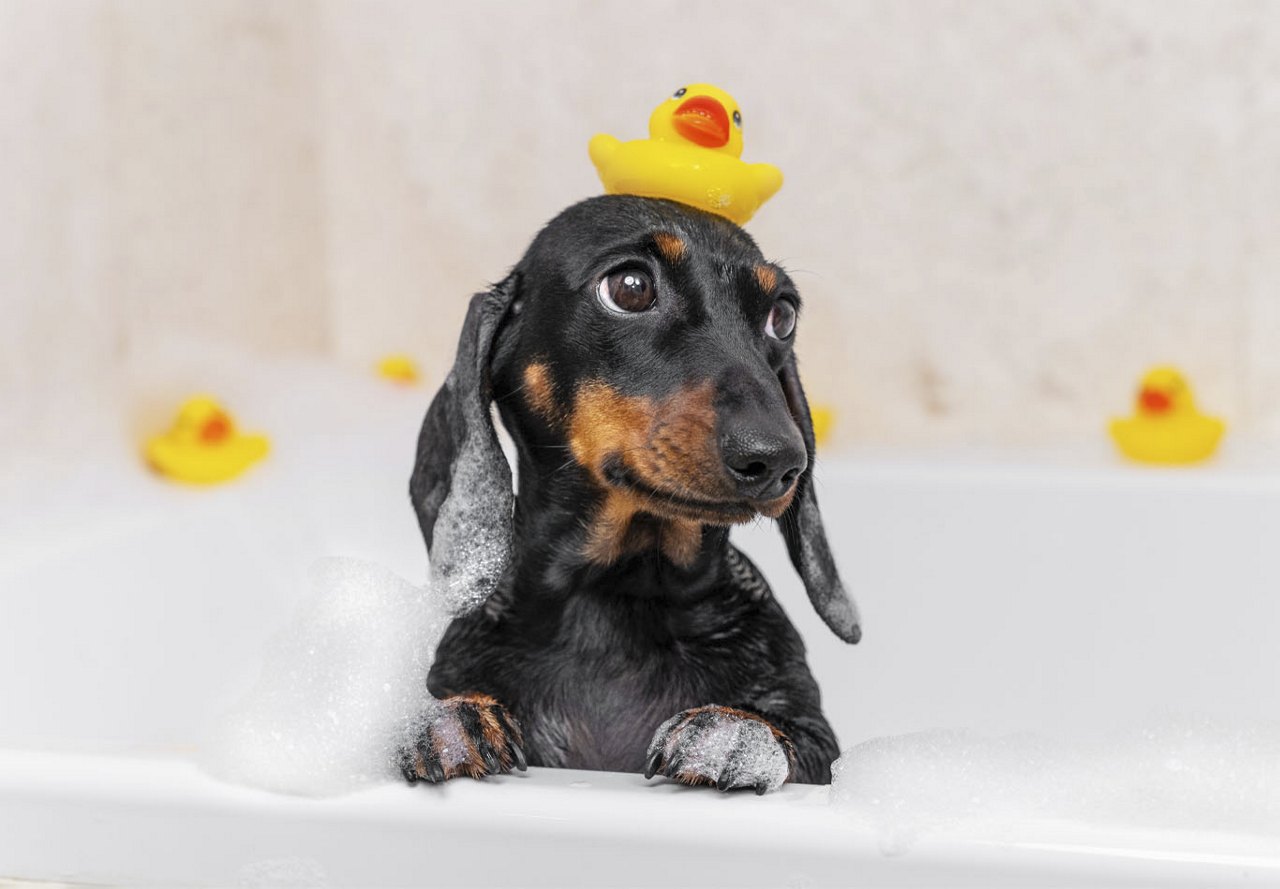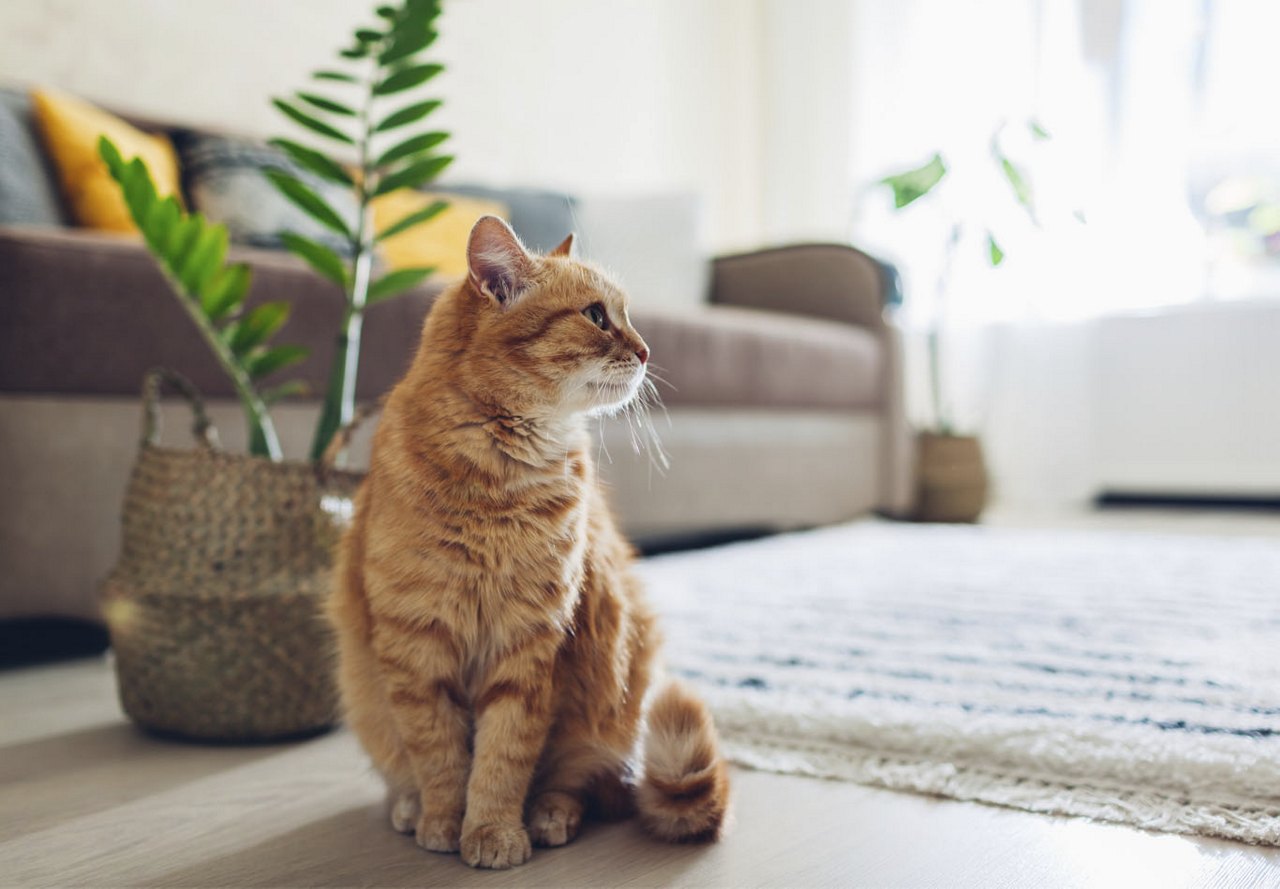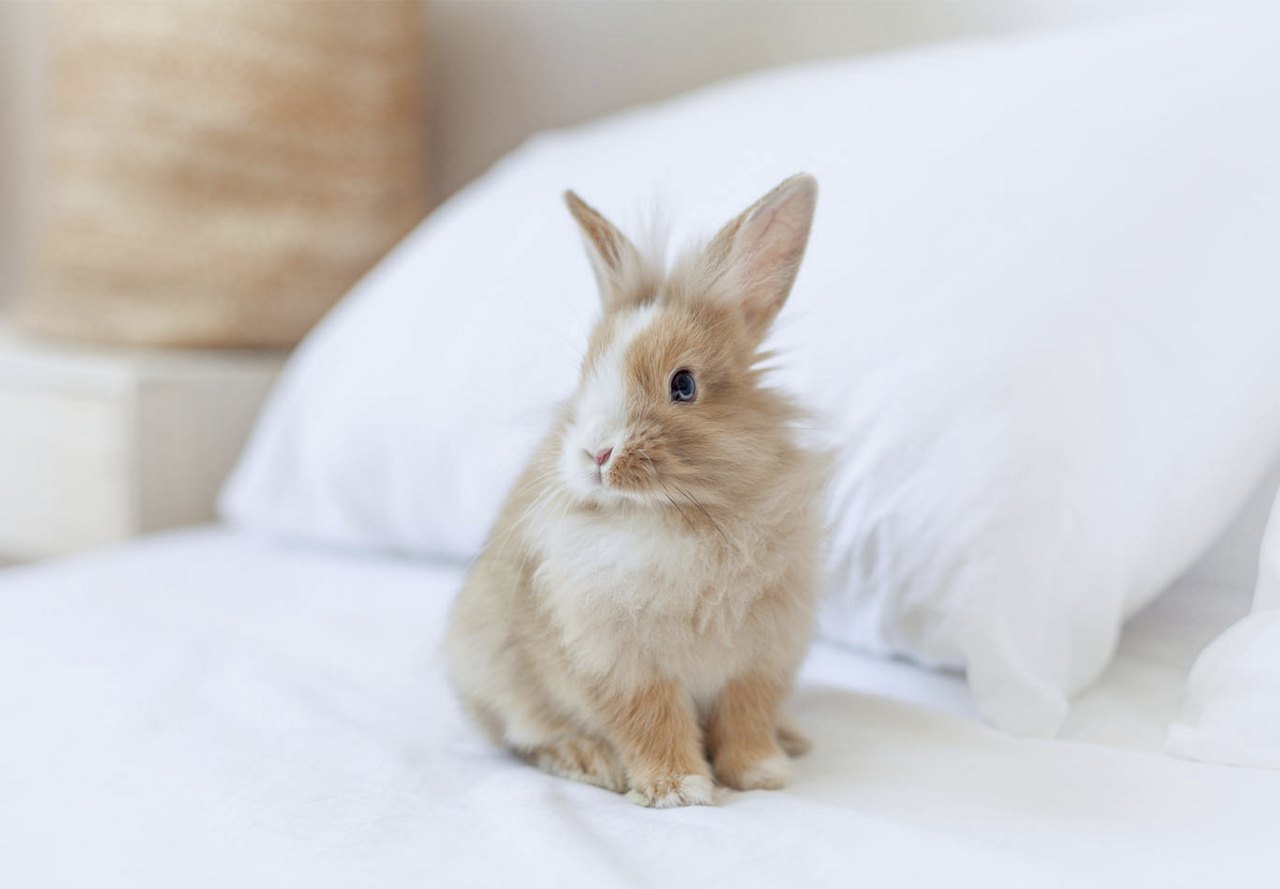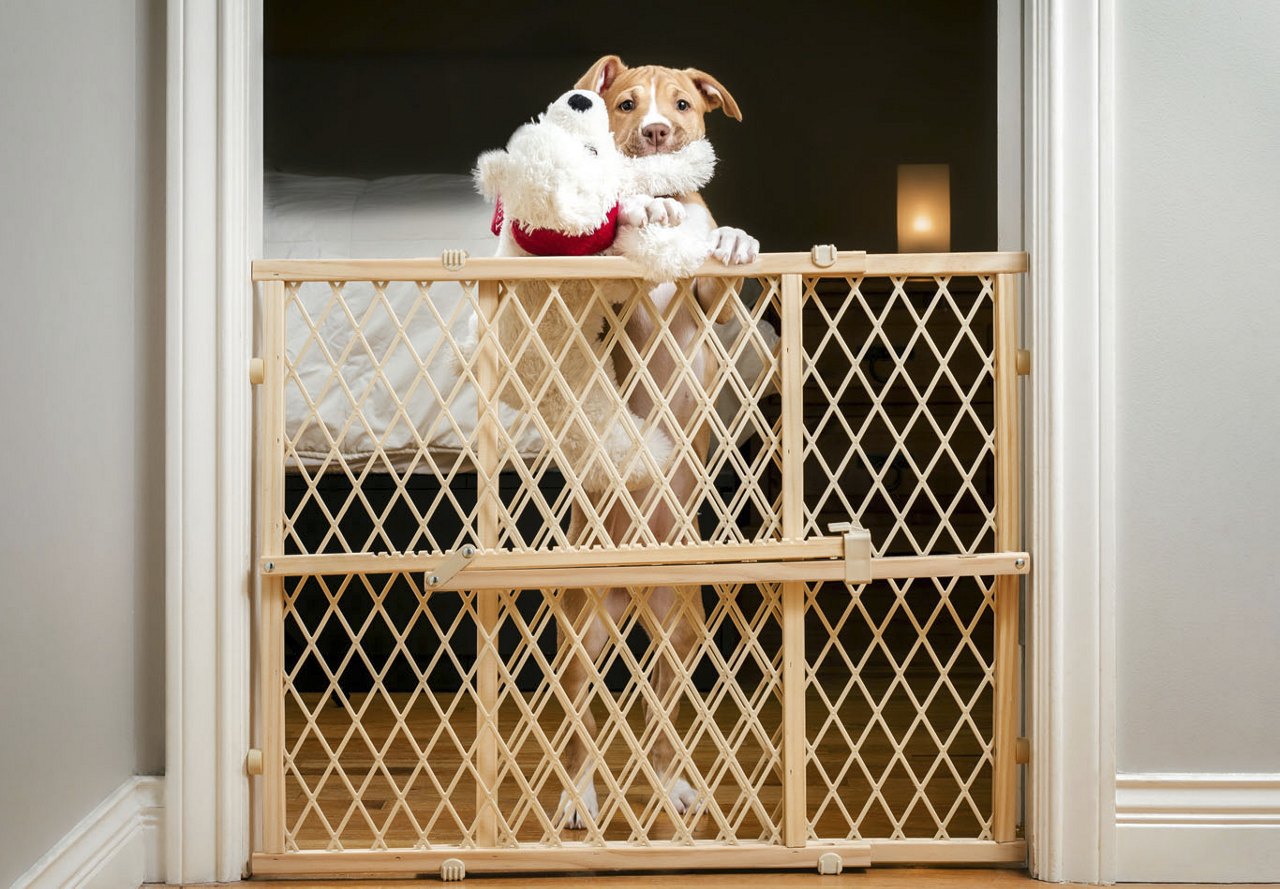How to Pet Proof Your Apartment
With so many animal lovers looking for the perfect apartment – one that suits their needs and those of their four-legged friends – pet-friendly policies are becoming more prevalent. Once you and your furry companion find your dream home, there are several preparations you’ll need to make to keep the rented space in top condition. Not to mention, pet-proofing your apartment guarantees the safety and comfort of both you and your companion.
To help you properly prepare your new apartment for your furry friend, here are the spaces you’ll need to pet proof:
Before You Prep, Check Your Apartment's Pet Policy
Before anything else, be sure to check your community’s pet policy. Review the rules with the property manager as there might be breed or size restrictions, additional deposits, pet rent, or lease adjustments required. Understanding these policies in advance can prevent any unpleasant surprises and help you make the necessary arrangements to comply with community rules.
Once you have the green light to bring a pet into your household, it's time to prepare your apartment to accommodate your best pal. Pet-proofing your space will help prevent messes, damage, and potential hazards. Here’s a detailed room-by-room guide to making your apartment pet-friendly, ensuring your pet's safety and well-being in every corner of your home.
Kitchen
- Secure food. Store all food in the pantry, refrigerator, or in pet-proof containers. Pets, especially dogs, can be tempted to rummage through food that's easily accessible. Keep snacks and treats in high places, well out of reach of persistent paws and noses.
- Use childproof latches. Install latches on drawers and cabinets to prevent pets from accessing food or cleaning products. These latches help keep curious pets out of dangerous substances. Consider using magnetic locks, which are more secure and less likely to be figured out by clever pets.
- Clear countertops. Keep counters free of sharp objects or small items that could pose a choking hazard. Cats are known for their ability to jump onto high surfaces, so ensuring countertops are clear is essential. Avoid leaving out any food items on stoves or counters, as pets may be tempted to help themselves when you’re not looking.
- Cover trash bins. Use trash cans with covers to prevent pets from getting into the garbage. Trash bins often contain bones, food wrappers, and other items that can be harmful if ingested by pets. Consider using a heavy-duty bin with a locking lid to prevent determined pets from tipping it over and rummaging through the contents.
Bathroom
- Close toilet lids. Always keep the toilet lid closed to prevent pets from drinking harmful chemicals or potentially drowning. Pets, especially dogs, might be tempted to drink from the toilet, not realizing the danger or the mess. The bacteria and cleaning agents in toilet water can be harmful, so it’s best to eliminate the temptation entirely.
- Clear the sink area. Remove razors, medicines, and other products from the sink. These items can be harmful if ingested, or cause injury if a pet tries to play with them. To be extra safe, consider using a bathroom caddy with a lid to store these items securely and out of sight. If your bathroom has storage (drawers or cabinets) use these to your advantage.
- Tuck shower curtains. Keep the shower curtain tucked in to prevent pets from pulling on it. Cats and dogs might see the curtain as a toy and could potentially bring down the entire rod. A fallen shower curtain can become a suffocation hazard, so make sure it’s securely fastened and tucked away when not in use.
Living Room
- Hide cords and wires. Keep all cords and wires out of reach to prevent chewing, which can pose a serious risk of electrocution. Consider using cord organizers or protective covers to hide and secure cables, reducing the temptation for pets to gnaw on them.
- Protect your furniture. Use special sprays or training mats to keep pets off the furniture. These products can help train pets to avoid certain areas and protect your furniture from scratches and fur. For added protection, consider using slipcovers or pet- friendly fabrics that are more resistant to damage and easier to clean.
- Clear surfaces. Keep coffee and end tables free of items that could attract curious pets. Remote controls, books, and fragile, decorative pieces can easily be knocked over and broken. Small objects can also pose choking hazards, so it’s best to store them in drawers or cabinets when not in use.
- Be mindful of house plants. If you have a green thumb, be sure to place your precious plants out of reach to prevent pets from chewing leaves on or digging in the soil. Some plants are toxic to animals, so ensure they are inaccessible. Research the types of plants you have and either move them to high shelves or switch to pet-safe varieties to keep your furry friends safe.
Bedrooms
- Store clothing and shoes. Keep clothing and shoes in closets or behind closed doors. Pets, especially puppies, love to chew on shoes and can easily damage them or ingest harmful materials. Consider using storage bins or baskets for additional protection and organization.
- Clear bedside tables. Remove lotions, medications, fragile decor, and any other loose items from bedside tables. These products can be hazardous if knocked over or ingested by pets. To keep your essentials handy yet safe, use bedside table drawers or organizers with lids.
- Check under furniture. Regularly inspect the area under the bed or dresser for small items that pets could chew on or choke on. Pets often explore under furniture, so keeping these areas clear of potential hazards is important. Vacuum and check these spaces frequently to remove any overlooked dangers.
- Secure laundry supplies. Store all laundry supplies, such as detergent pods, fabric softeners, and stain removers, in a secure cabinet. These products can be toxic if ingested, so keeping them out of reach is essential. Consider using childproof locks on laundry room cabinets for added safety.
General Precautions
Keep Harmful Items Out of Reach
Always take precautions to ensure your pet's safety. This includes keeping potentially harmful foods, like chocolate, grapes, onions, and certain nuts, out of reach. Even a small amount of these foods can be toxic to pets. Store these items in high cabinets or use childproof locks to secure pantry doors.Safe Storage of Cleaning Products
Store all cleaning products safely, as many contain chemicals that can be toxic to pets if ingested. Keep these products in locked cabinets or on high shelves that pets cannot access. Additionally, when using cleaning products, make sure pets are kept out of the area until surfaces are dry and the chemicals have dissipated.Be Mindful of Small Objects
Items such as buttons, batteries, small toys, coins, and jewelry can be easily swallowed. Consider using storage boxes or organizers to keep small objects safely out of reach.Close Doors and Use Gates
Use doors and baby gates to restrict pets from certain areas. For example, you might want to keep them out of rooms with fragile items or areas where they could encounter hazardous materials. Baby gates are also useful for creating pet-safe zones within your home, allowing your pet to explore safely while restricting access to off-limits areas.
Secure Trash and Recycling Bins
Regular Health Checks
Conduct regular health checks on your pet to spot any signs of illness or injury early. Look for symptoms such as changes in appetite, unusual behavior, or physical signs like swelling or limping. Regular vet visits are also crucial to ensure your pet stays healthy and to address any potential issues before they become serious.Provide Safe Toys and Enrichment
Provide your pet with safe toys and enrichment activities to keep them occupied and reduce the likelihood of them seeking out hazardous items. Chew toys, puzzle feeders, and interactive toys can help satisfy your pet's curiosity and need for stimulation, keeping them mentally and physically active in a safe way.By following these general precautions, you can create a safe and secure environment for your pet, allowing them to explore and enjoy their home while minimizing unnecessary risks.
Find You and Your Best Pal’s Dream Home at Greystar
If you and your furry friend are searching for a new home, we’re here to help. When it comes to animals, many Greystar properties welcome them with open arms (or paws).Find your next pet-friendly apartment with us.
The information presented on or through this Website is made available solely for general information purposes. We do not warrant the accuracy, completeness, or usefulness of this information. Any reliance you place on such information is strictly at your own risk. We disclaim all liability and responsibility arising from any reliance placed on such materials by you or any other visitor to this Website, or by anyone who may be informed of any of its contents. Any reference to amenities, services, rules, policies, or procedures at a Greystar apartment community is general in nature, and each Greystar apartment community may have amenities, services, rules, policies, and procedures that differ from those referenced on this Website. Please consult with your Greystar apartment community for the exact amenities, services, rules, policies, or procedures applicable.
This Website may include content provided by third parties, including materials provided by other users, bloggers, and third-party licensors, syndicators, aggregators, and/or reporting services. All statements and/or opinions expressed in these materials, and all articles and responses to questions and other content, other than the content provided by Greystar, are solely the opinions and the responsibility of the person or entity providing those materials. These materials do not necessarily reflect the opinion of Greystar. We are not responsible, or liable to you or any third party, for the content or accuracy of any materials provided by any third parties.

